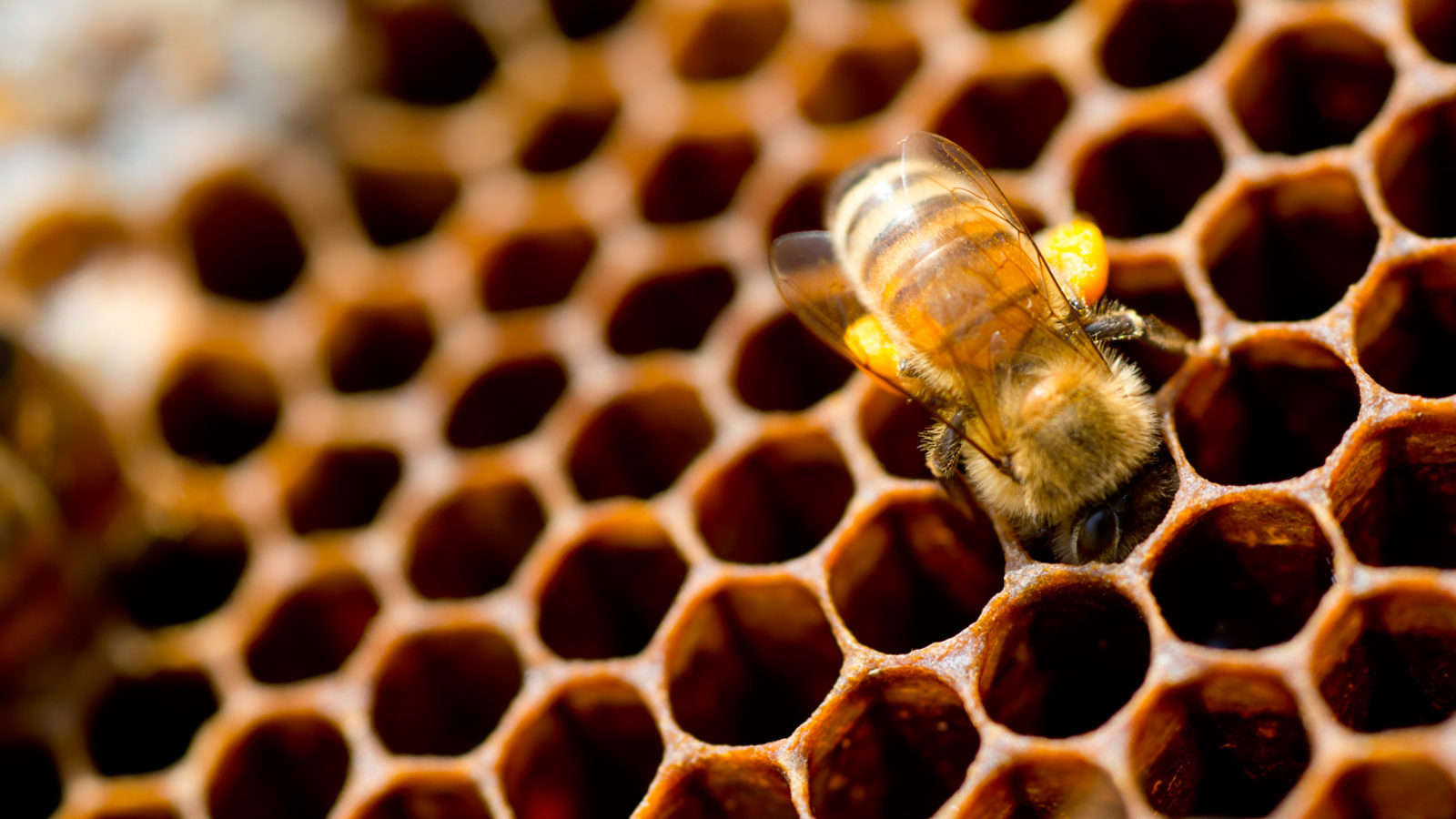The Buzz About Beehives: A Comprehensive Guide to the Majestic World of Bees
Bees have been the subject of fascination and admiration for centuries, and for good reason. These tiny insects are not only responsible for producing honey, but they also play a vital role in the ecosystem by pollinating a variety of plants and crops. Beehives are the homes of these hardworking insects, and they are fascinating structures in their own right. In this article, we'll take a closer look at the world of beehives and the incredible creatures that inhabit them.
First, let's discuss the anatomy of a beehive. A typical beehive is made up of a series of hexagonal wax combs that are used to store honey, pollen, and eggs. The honeycomb structure is extremely strong and efficient, as it provides maximum storage space with minimal material usage. The cells of the comb are also perfectly sized for the bees, making it easy for them to move around and access the resources they need.
At the heart of the beehive is the queen bee, who is the largest and most important member of the colony. The queen bee is responsible for laying all of the eggs in the colony and ensuring the continuation of the colony's population. She is surrounded by a group of female worker bees, who are responsible for various tasks such as foraging for food, caring for the young, and maintaining the hive. Male bees, or drones, serve a single purpose: to mate with a virgin queen from another colony.
One of the most remarkable things about beehives is the highly organized society that exists within them. The bees work together in a harmonious and efficient manner, each one knowing its role and responsibilities. The division of labor within the colony is based on the age of the bee and its ability to perform certain tasks. Younger bees tend to start out as nurse bees, caring for the young and maintaining the comb. As they grow older, they will progress to foragers, gathering nectar, pollen, and water to bring back to the hive.
Bees are also known for their remarkable ability to communicate with each other. When a forager bee returns to the hive with food, it will perform a "waggle dance" to inform the other bees of the location and quality of the food source. The dance communicates information such as the direction and distance of the food source, as well as the quality and quantity of the food available. This remarkable ability to communicate and cooperate allows the bees to work together as a team, increasing the efficiency of the colony and ensuring its survival.
One of the most important things that bees do is pollinate plants and crops. As they gather nectar and pollen, they transfer pollen from one flower to another, fertilizing the flowers and allowing them to produce fruit and seeds. This process is critical to the survival of many plant species, as well as to the food production for humans. In fact, it is estimated that one-third of the world's food supply is dependent on pollination by bees.
Unfortunately, the world's bee populations have been declining in recent years due to a variety of factors, including habitat loss, pesticide use, and disease. This decline is cause for concern, as the loss of bee populations can have a significant impact on food production and the environment. There are, however, steps that can be taken to protect and preserve bee populations. These include reducing pesticide use, planting bee-friendly flowers, and providing habitat for bees through the use of beehives.
In conclusion, beehives are fascinating structures that are home to one of nature's most important and hardworking creatures. Bees play a crucial role in the ecosystem and in the food production for humans. By learning about beehives and the remarkable world of bees, we can better understand the importance of these insects and work to protect and preserve their populations for generations to come.
In conclusion, beehives are fascinating structures that are home to one of nature's most important and hardworking creatures. Bees play a crucial role in the ecosystem and in the food production for humans. By learning about beehives and the remarkable world of bees, we can better understand the importance of these insects and work to protect and preserve their populations for generations to come.
Labels: Beehives, Interesting, nature


0 Comments:
Post a Comment
Subscribe to Post Comments [Atom]
<< Home